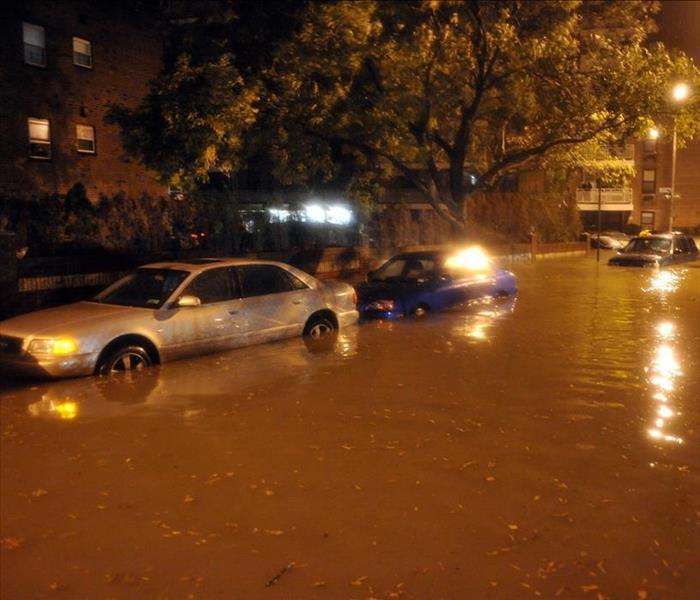4 Things a First Responder Should Know When Working With a Flood
7/19/2022 (Permalink)
When your home in West Valley City, UT, gets hit with a flood, you need to take action quickly. However, even a first responder cannot run directly into an impacted space. Water and moisture can create an unsafe zone. Appropriate precautions should be taken by anyone entering the premises.
Top Tips for How a First Responder Should Approach a Flood Zone
Floodwater, also known as blackwater, plays host to high levels of pathogens and spores. The onslaught of water takes over an area, drenching it. External bodies of water overflow, or the sewage line backs up. Either way, homes become inhabitants of many organisms and potential hazards. Responders should remain vigilant and aware of the contamination, and understand the toll water takes on buildings. Be sure to follow these four essential tips.
1. Be Sure Your Immunization Records Are Current
The Centers for Disease Control recommends that anyone working with flood response be current in several immunizations. After all, a flooded environment proves challenging, uncertain and cumbersome. Severe flooding weakens structures and displaces items, creating physical obstacles. In addition, dampness encourages rust on metal objects.
These conditions establish a problematic setting where cuts and wounds could quickly and easily occur. Exposure to rusted materials and bacteria complicates injuries further. Therefore, responders should have tetanus and diphtheria shot, called the Tdap for short. In addition, the CDC suggests responders have the Hepatitis B vaccine as well.
2. Use Safety Gear
Minimize injuries and exposure by wearing appropriate safety gear and guarding yourself. Use durable rubber gloves and avoid touching your face and eyes with gloved or bare hands. At the end of the shift, discard gloves appropriately, using a new pair the time you enter. Thoroughly wash your hands with soap and warm water before moving to other activities.
In addition, the skin remains vulnerable, so cover up as much as possible. Have full-body clothes for the worksite, and keep goggles with you at all times. Don't forget a sturdy pair of boots. When you leave, change immediately. Take clothes off before you enter your home, and wash them.
3. Survey Your Surroundings
The United States Occupational Safety and Health Administration emphasizes that floods create multiple hazards for first responders. While water damage proves the most obvious concern, people must also remain aware of other conditions. Responders should consistently keep on their toes, understanding they could encounter the following situations:
- Carbon monoxide buildup
- Extreme heat
- Chemical and biological exposure
- Animal encounters
- Electrical issues
4. Recognize Mold Growth
Note that mold is likely to grow quickly in damp areas, demanding swift cleanup and precautions. Mold spores activate when water and organic matter meet, reproducing within one to two days. Floods establish the perfect conditions.
Use an N-95 mask, and wash everything thoroughly. Furthermore, discard porous, saturated items. Collaborate with an emergency water remediation team to assess the status and use high-quality gear and sanitizing methods.
As a first responder in West Valley City, UT, you face an incredible challenge to help homes and people. Remain cautious, constantly surveying your surroundings and adopting protective measures, to keep yourself and others safe during a flood disaster.






 24/7 Emergency Service
24/7 Emergency Service
